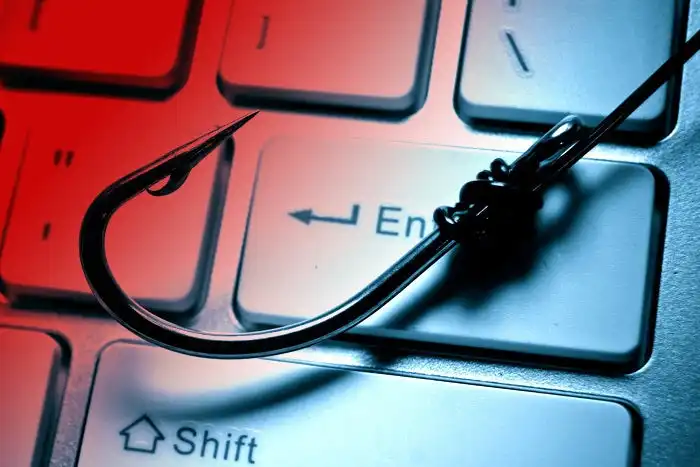
Phishing is a malicious practice where cybercriminals attempt to trick individuals into revealing sensitive information, such as usernames, passwords, or financial details, by posing as trustworthy entities. In this article, we’ll delve into the world of phishing attacks, providing a statistical perspective on their prevalence, reasons behind their success, and practical advice to safeguard against them.
Understanding Phishing
Phishing is a cybercrime that involves fraudulent communications designed to deceive individuals into sharing confidential information. These attacks often come in the form of deceptive emails, websites, or messages that impersonate trusted organizations, creating a false sense of urgency or fear to manipulate victims into revealing sensitive data.
Phishing Attack Statistics
Phishing attacks have grown alarmingly over the years. In 2021, over 241,342 phishing attacks were reported globally, an increase of 35% from the previous year. This surge in attacks is attributed to several factors:
a. Pandemic-Driven Vulnerabilities: The COVID-19 pandemic increased the reliance on digital platforms, making individuals more susceptible to phishing attacks. Cybercriminals exploited pandemic-related topics, such as vaccine distribution and remote work, in their schemes.
b. Sophisticated Techniques: Phishing attacks have become more sophisticated. Techniques like spear-phishing target specific individuals or organizations, making them even more dangerous.
c. Ease of Execution: Phishing is a cost-effective crime. Cybercriminals can send thousands of phishing emails for minimal cost and effort, increasing the likelihood of success.
SolarWinds Hack
One prominent and highly publicized case is the SolarWinds hack. In 2020, state-sponsored actors compromised the SolarWinds Orion software, affecting thousands of organizations, including government agencies and Fortune 500 companies. This breach exemplified how an advanced persistent threat (APT) group employed a supply chain attack to compromise a trusted software vendor and carry out a highly sophisticated phishing campaign, compromising numerous credentials and sensitive information.
Protecting Against Phishing
To guard against phishing attacks, individuals and organizations can take several precautionary measures:
a. Educate and Train: Regularly educate and train employees or yourself on identifying phishing attempts. Awareness is a powerful defense.
b. Use Email Filters: Enable email filters and antivirus software to automatically detect and flag potential phishing emails.
c. Verify Sender: Double-check the sender’s email address and scrutinize email content for any inconsistencies or unusual requests.
d. Beware of Links: Never click on links in unsolicited emails. Hover over the link to preview the destination URL before clicking.
e. Multi-Factor Authentication (MFA): Implement MFA to add an extra layer of security when accessing accounts. Even if a password is compromised, MFA can protect against unauthorized access.
f. Keep Software Updated: Ensure that your operating system, web browsers, and security software are regularly updated to patch vulnerabilities that cybercriminals might exploit.
g. Report Suspected Phishing: If you receive a phishing email, report it to your email provider or organization’s IT department.
Phishing attacks continue to pose a severe threat to individuals and organizations. Understanding the prevalence of these attacks and the tactics employed by cybercriminals is essential for taking proactive steps to protect yourself and your organization. By following the provided tips and remaining vigilant, you can significantly reduce the risk of falling victim to phishing scams in an increasingly digital world.




